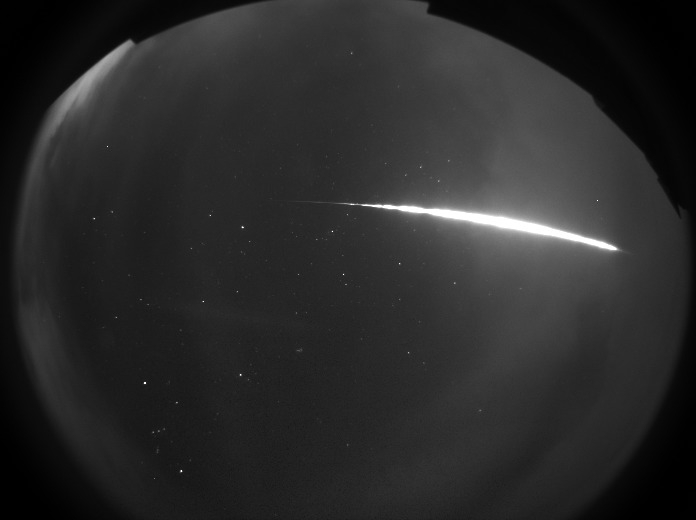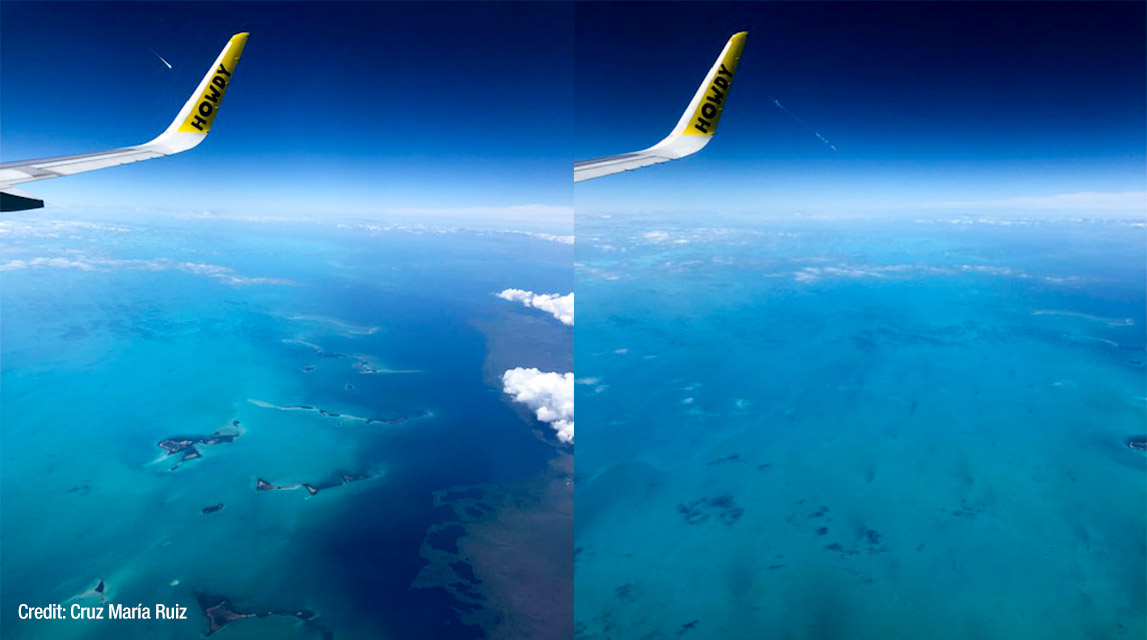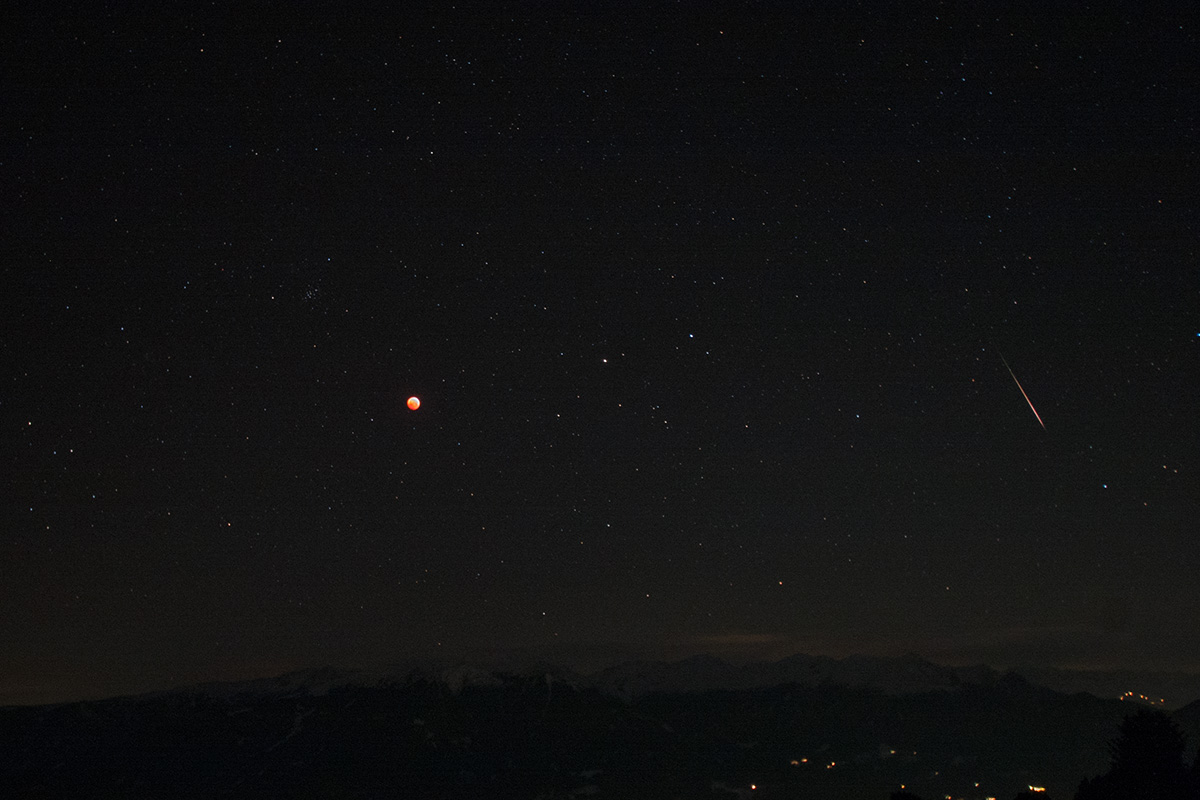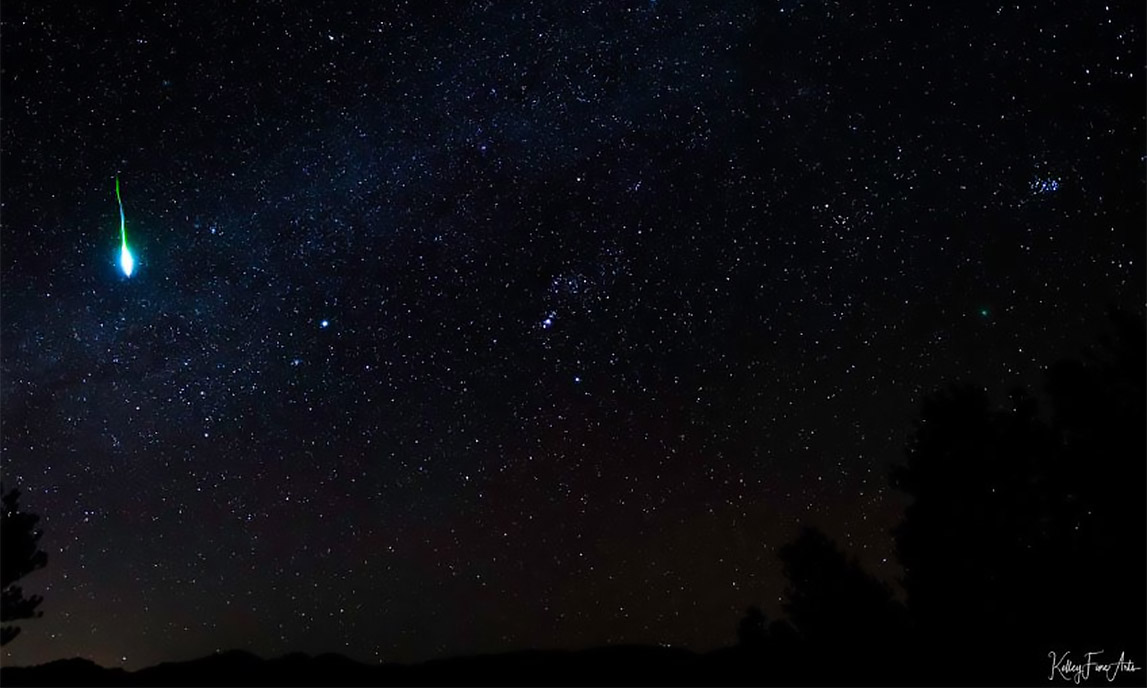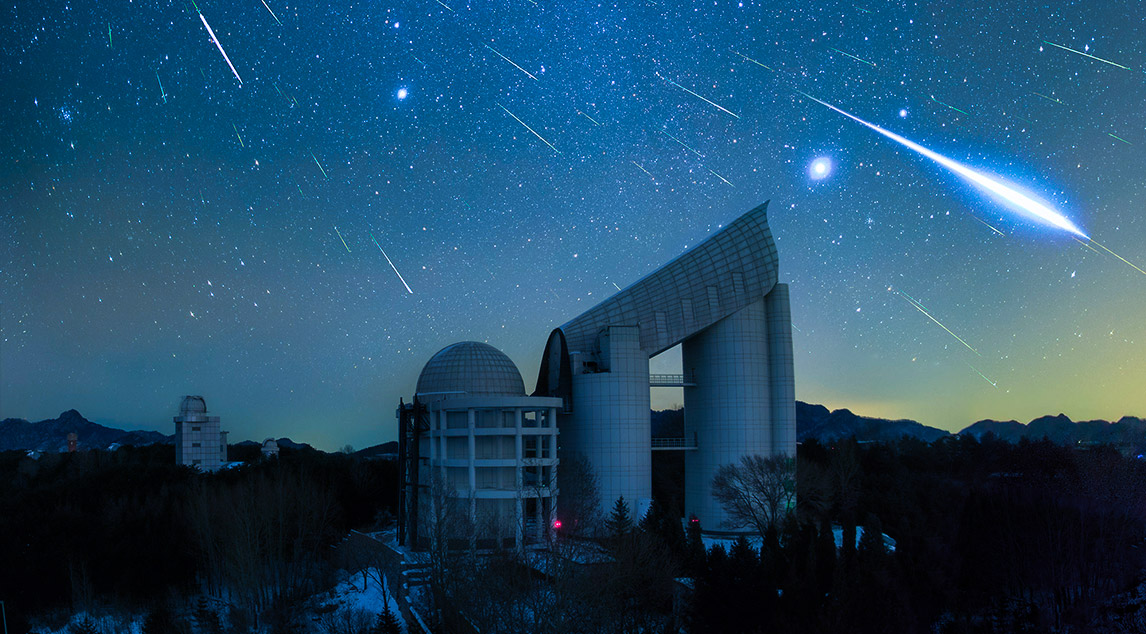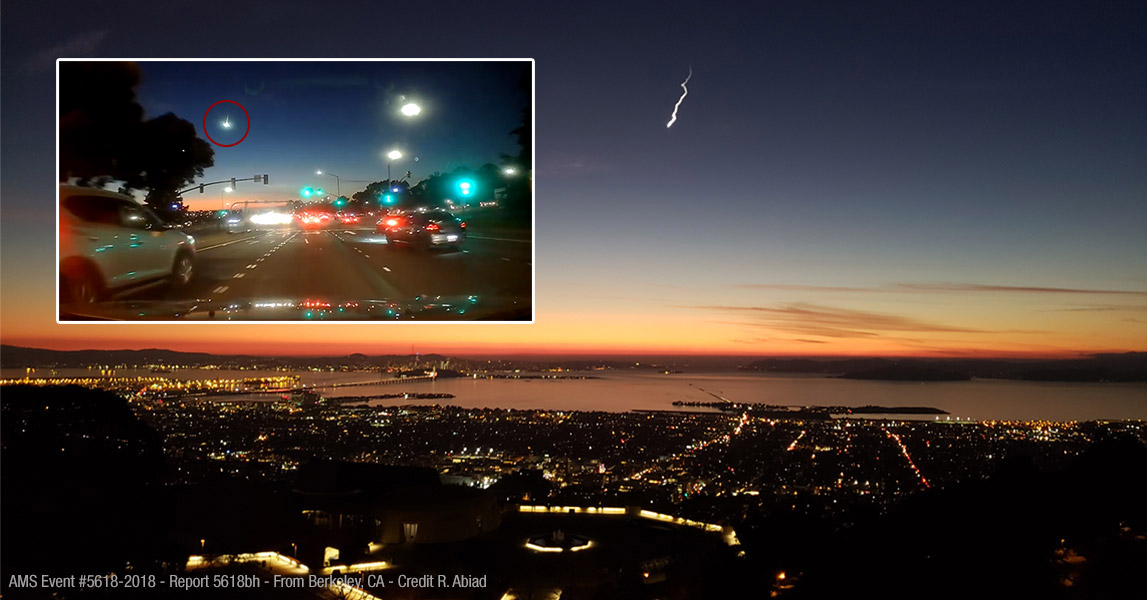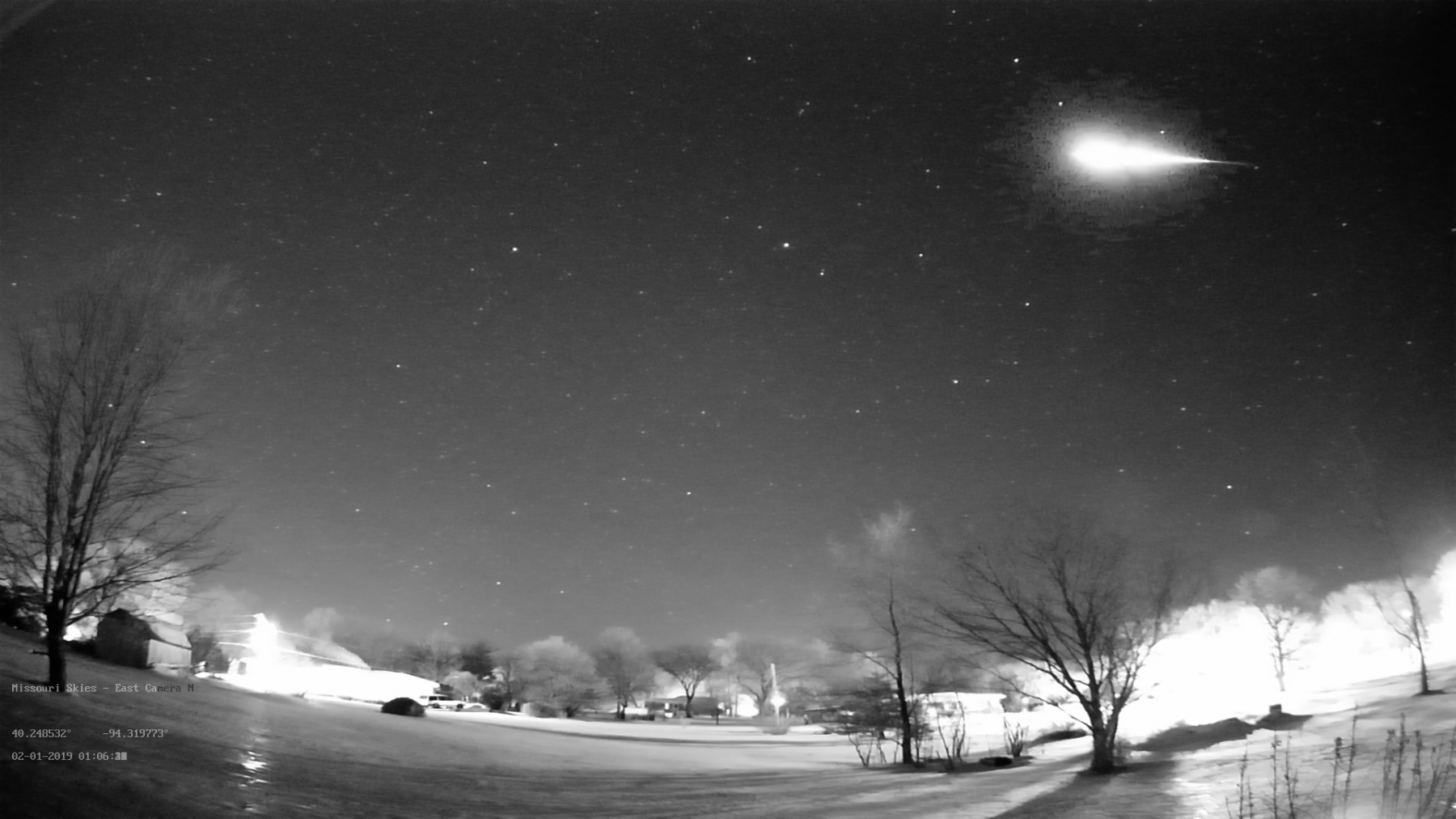
Meteor Activity Outlook for February 23-March 1, 2019
During this period the moon will reach its last quarter phase on Tuesday February 26th. At this time the moon will be located 90 degrees west of the sun and will rise near 0100 local standard time (LST). Useful meteor observations can be carrier out during the more active morning hours as long as you keep the moon out of your field of view. This weekend will be more difficult to view meteor activity as the gibbous moon will rise earlier and also be brighter than later in the week.
 American Meteor Society
American Meteor Society
